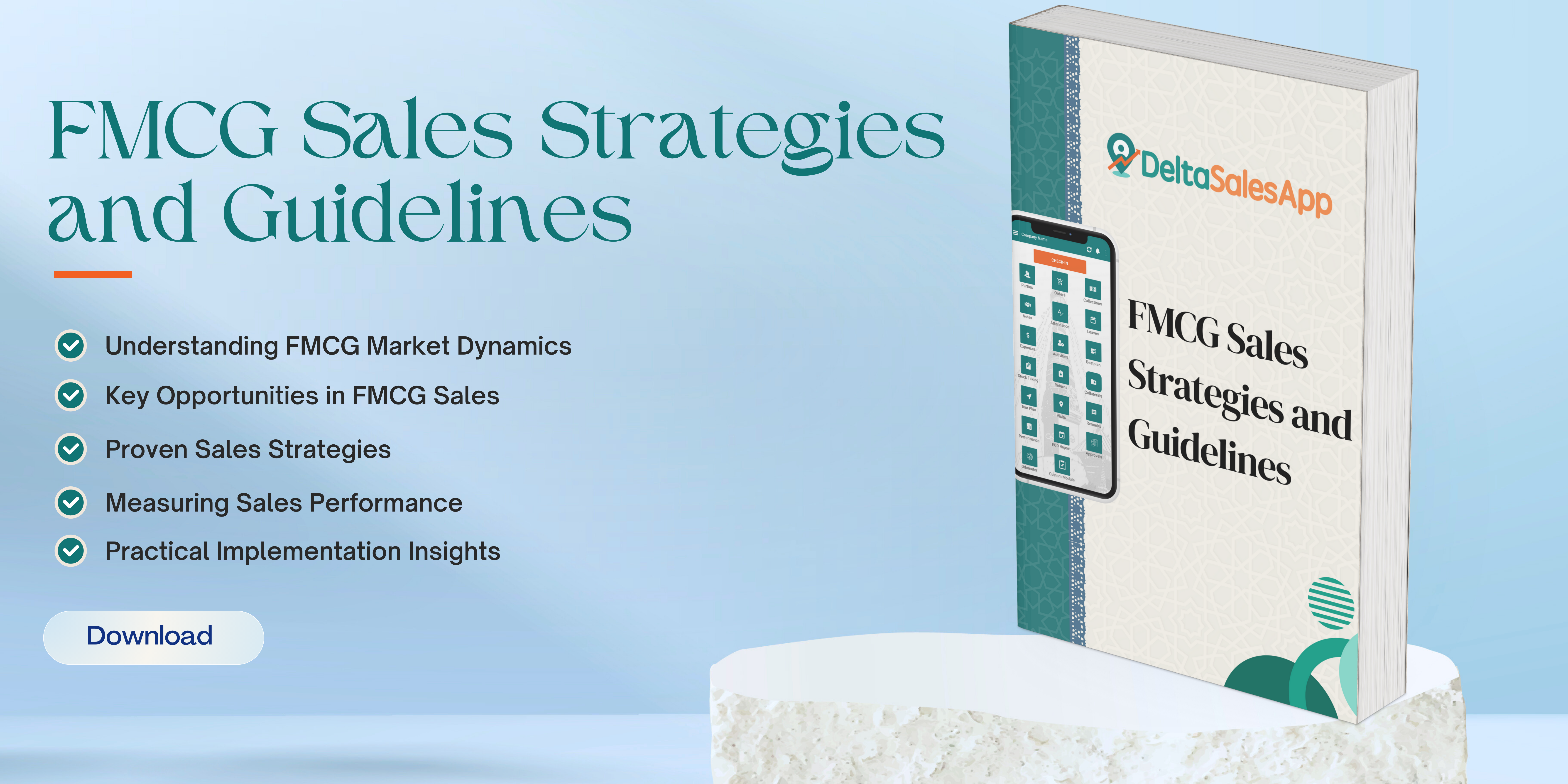Merchandising
Merchandising in field sales refers to the process of promoting and selling products directly at retail locations or points of sale (POS).
Field sales teams are responsible for executing merchandising strategies that help improve product visibility, increase sales, and strengthen brand presence in stores.
Key Elements of Merchandising in Field Sales Application
Product Placement & Display Management:
Planogram Compliance: Ensuring that products are placed according to predefined layouts or planograms.
Visual Merchandising: Creating attractive displays that highlight the product and drive consumer attention.
Shelf Space Management: Ensuring the right amount of shelf space is allocated to each product and that it is effectively stocked.
Stock Management:
Inventory Tracking: Monitoring stock levels to ensure products are available and avoiding out-of-stock situations.
Restocking: Ensuring shelves are continuously replenished with products as needed.
Retail Audits:
Store Visits: Field sales representatives regularly visit stores to assess how well products are being presented and if there are any issues with stock levels, placement, or visibility.
Competitor Analysis: Evaluating competitor products and their merchandising tactics.
Promotions Monitoring: Checking whether any promotions or offers are being executed as planned.
Sales & Performance Tracking:
Sales Data Collection: Field representatives collect data on sales volumes, customer preferences, and product performance.
Performance Metrics: Assessing the success of merchandising strategies by comparing sales growth, stock turnover, and other performance indicators.
Customer Interaction:
Brand Ambassador: Field reps often play a role in educating retail staff and customers about the product's features and benefits.
Feedback Collection: Gathering insights from store staff or customers on product acceptance, preferences, and any issues that may need addressing.
Reporting and Analytics:
Data Entry and Updates: Field reps often use mobile devices or apps to enter data and track tasks such as stock levels, sales numbers, and store conditions.
Real-Time Reporting: Managers can monitor field activities through real-time dashboards, adjusting strategies accordingly.
Promotional Execution:
In-Store Events: Organizing product demonstrations, sample distributions, or in-store promotions.
Seasonal Displays: Setting up seasonal displays or promotional areas that draw attention to specific product lines.
Benefits of Merchandising
Improved Brand Visibility: Consistent and strategic product placement increases brand awareness.
Sales Growth: Proper merchandising can directly influence sales and product demand.
Better Customer Engagement: Field reps help to build stronger relationships with retail staff and customers.
Competitive Advantage: Analyzing competitor strategies and responding with effective merchandising can give a business a competitive edge.
Tools & Technologies
Mobile Apps: Field sales apps for tracking visits, stock, and performance.
AI & Analytics: Tools that help analyze sales data, optimize planograms, and predict trends.
POS Systems: Systems that integrate merchandising efforts with sales data, enabling better performance tracking.
By combining traditional merchandising techniques with modern technology, businesses can optimize their field sales strategies, improve customer satisfaction, and ultimately boost sales.






